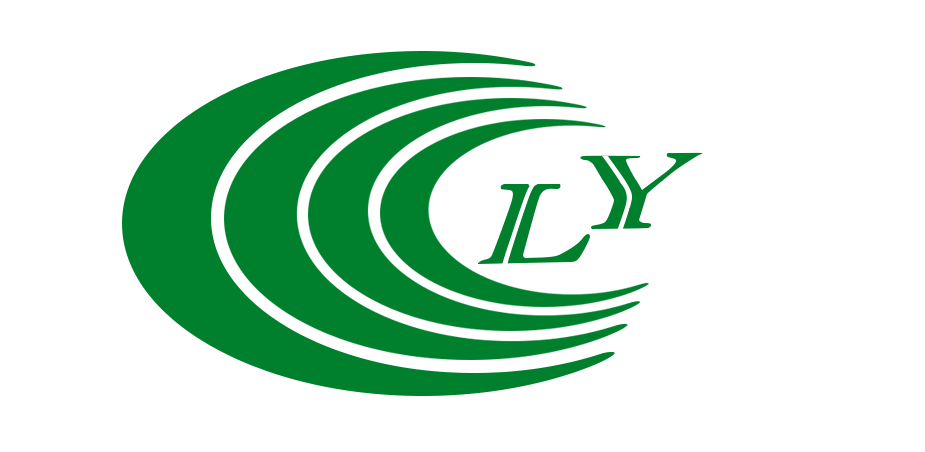Common sense of PVC plastic
PVC is the English abbreviation of polyvinyl chloride plastic. This delightful and worrying plastic product is actually a polymer substance of vinyl. Simply put, an aqueous solution of salt is chemically decomposed under the action of an electric current. This process produces chlorine, caustic soda and hydrogen. Refining, cracking petroleum or gasoline produces ethylene. When chlorine and ethylene are mixed, dichloroethylene is produced; dichloroethylene can be converted to produce chlorinated vinyl, which is the basic building block of polyvinyl chloride. The polymerization process links chlorinated vinyl molecules together to form PVC chains. The PVC produced in this way is in the form of a white powder. It cannot be used alone, but can be mixed with other ingredients to create many products. Chlorinated vinyl was first synthesized in the laboratory of Justus von Liebig in 1835. Polyvinyl chloride was synthesized by Baumann in 1872. But the first commercial products of PVC were not produced in the United States until the 1820s, and large-scale production in Europe did not begin within the next 20 years. Polyvinyl chloride has the outstanding characteristics of abundant raw materials (petroleum, limestone, coke, salt and natural gas), mature manufacturing process, low price and wide range of uses. It has become the second largest general-purpose resin in the world after polyethylene resin. It accounts for 29% of the total consumption of synthetic resins in the world. PVC is easy to process and can be processed by molding, lamination, injection molding, extrusion molding, calendering, blow molding, etc. Polyvinyl chloride is mainly used to produce soft plastic products such as artificial leather, film, wire sheath, etc., and can also produce hard plastic products such as plates, doors and windows, pipes and valves. Polyvinyl chloride has flame retardant (flame retardant value above 40), high chemical resistance (resistance to concentrated hydrochloric acid, 90% sulfuric acid, 60% nitric acid and 20% sodium hydroxide), mechanical Advantages of good strength and electrical insulation. However, its heat resistance is poor, the softening point is 80 °C, and it begins to decompose and discolor at 130 °C, and precipitate HCI. In fact, after so much narration, what we should understand most is that after providing many conveniences to human beings, PVC still has its most fatal shortcoming; it is the most destructive plastic product to the environment. The production, use and disposal of PVC all result in the release of toxic chlorides. These toxins can easily enter the water, air and food chain, causing great damage to the environment. And PVCs are said to be indirectly linked to cancer, hormonal imbalances, birth defects, diabetes, nerve damage and the consequences of immunosuppression. In PVC toys, phthalates are used as softeners, and health-conscious parents have begun to worry about whether the substances are harmful to their children: because children will chew and suck on their toys, if these additives What to do if it is poisonous? Why is PVC so loved and hated by people? In fact, the role of chlorine in PVC is also loved and hated by people. It turns out that most daily plastic products are made of carbon and hydrogen. the main constituent elements. The difference of PVC is that it contains chlorine (about 57% by weight) in addition to carbon and hydrogen. The presence of chlorine in the molecule makes polyvinyl chloride particularly rich, as it makes polyvinyl chloride compatible with many other substances. The composition of chlorine also helps to retard the burning of PVC, and it can also be used as a 'mark' to distinguish PVC in the automatic sorting system when plastics are recycled. We can also use a variety of technologies to develop methods of making PVC that can be made into the final product form using almost no energy. Therefore, it is the existence of chlorine that makes PVC have such a rapid and broad application field. But, at the same time, we must not forget: Chlorine is also called 'the deadly building block in PVC'. It is the main culprit of PVC pollution of the environment. In fact it is also a basic component of many notorious toxic substances such as CFCs (CFCs), dioxin pollution, PCBs (polychlorinated biphenyls) and DDT pesticides. Large amounts of chlorinated toxins enter the air, water flow and food chain. Most of these chemicals - organochlorines - are not easily decomposed and remain in the environment for decades, humans and animals cannot effectively remove it from the body . . . so the danger lurks. The production of PVC developed rapidly in the 1960s. With other products that use industrial chlorine banned (such as polychlorinated biphenyls (PCBs), chlorofluorocarbons (CFCs), and chlorinated solvents, etc.), the chlorine industry turns to PVC to consume its extra chlorine. The production of PVC is gradually increasing, especially in Asia and Latin America. More than 30% of the world's chlorine products are now used to produce PVC.
